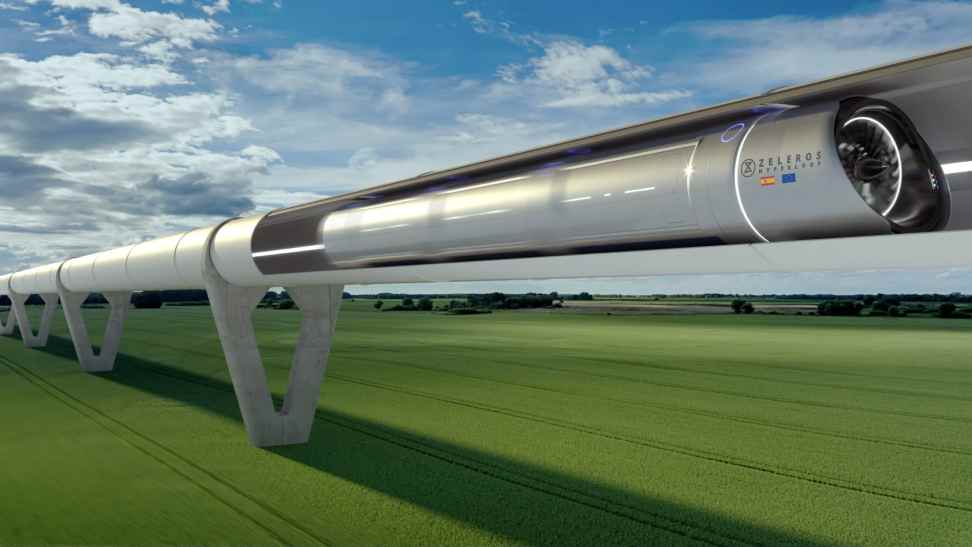100exch, Matchexch9, Laser 247.com: Elon Musk, the visionary entrepreneur behind companies like Tesla and SpaceX, first introduced the concept of the Hyperloop in 2013. In a white paper published by SpaceX, Musk proposed a high-speed transportation system that would revolutionize long-distance travel. Inspired by the inefficiencies of existing modes of transportation, such as airplanes and trains, Musk envisioned a new way to move people and goods quickly and efficiently.
The concept of the Hyperloop gained traction and sparked interest from engineers, scientists, and innovators around the world. While Musk himself did not initially pursue the development of the technology, his vision inspired others to explore the possibilities of high-speed pneumatic tube transportation. Collaborative efforts led to the formation of companies dedicated to bringing the Hyperloop concept to reality, marking the beginning of a new era in transportation innovation.
The Science Behind Hyperloop Transportation
There are many key components to understand when it comes to the science behind Hyperloop transportation. One of the central elements is the concept of magnetic levitation, where superconducting magnets are used to lift and propel the Hyperloop pod within a low-pressure tube.
Another crucial aspect is the use of a near-vacuum environment in the tube. By reducing air resistance, the Hyperloop pod can travel at high speeds with minimal energy consumption. This technology is a major factor in the efficiency and speed of Hyperloop transportation systems.
Key Features of Hyperloop Systems
99 Exchange, Big Exchange ID, Maxwin9: Hyperloop systems boast impressive features that set them apart from traditional modes of transportation. One key feature is their high-speed capability, with the potential to travel at speeds of up to 700 mph, drastically reducing travel time between cities. This speed is achieved by utilizing a low-pressure tube system that minimizes air resistance, allowing pods to glide smoothly at incredible velocities.
In addition to speed, hyperloop systems are designed to be highly energy-efficient. By using magnetic levitation technology, these systems can operate with minimal friction, resulting in reduced energy consumption compared to other transportation methods. Furthermore, the streamlined design of the pods and tubes helps to enhance aerodynamic efficiency, contributing to the overall sustainability of hyperloop systems.
What is the origins of Hyperloop technology?
The concept of Hyperloop technology was first proposed by Elon Musk in 2013, with the goal of revolutionizing transportation by using low-pressure tubes to transport passengers and cargo at high speeds.
What is the science behind Hyperloop transportation?
Hyperloop transportation operates on the principle of magnetic levitation and linear induction motors, which allow pods to travel through vacuum tubes with minimal air resistance, resulting in high speeds.
What are the key features of Hyperloop systems?
Key features of Hyperloop systems include high speeds of up to 700 mph, energy efficiency due to minimal air resistance, and the potential for autonomous operation. Additionally, Hyperloop systems are designed to be environmentally friendly and cost-effective compared to traditional modes of transportation.


